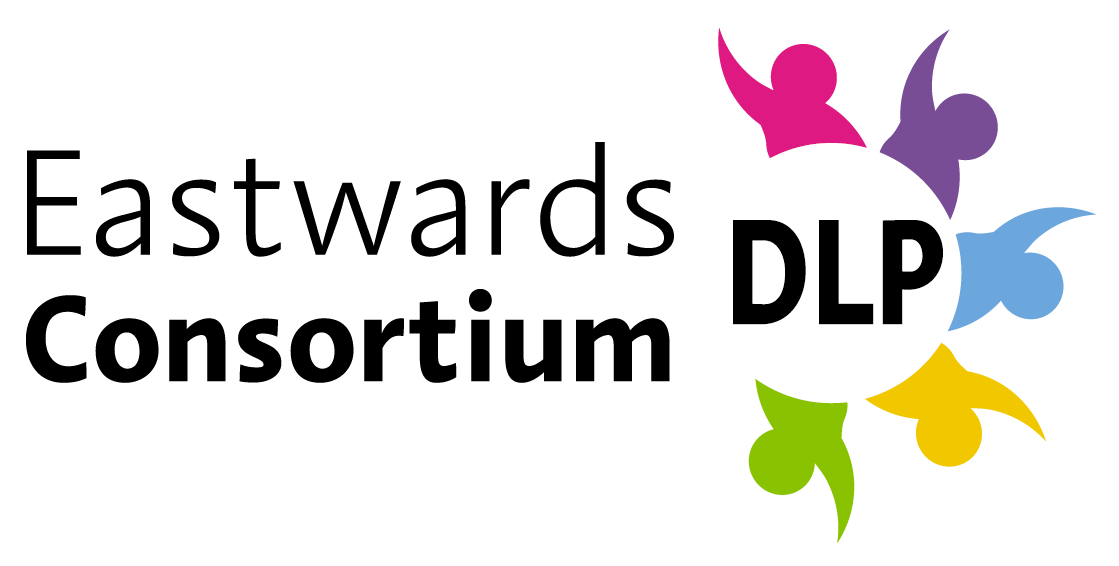support & advice

https://birminghameducationsupportservices.co.uk/Page/16282
SCERTS = Social Communication, Emotional Regulation, Transactional Support (the adjustments adults make and the things we put in place to support children).
SCERTS is a framework developed in the US approximately 10 years ago by a multiagency team of professionals, including Occupational Therapists and Speech and Language Therapists (Prizant, Wetherby, Rubin and Laurent, 2007).
SCERTS is based on the social motivation theory of Autism, which is growing in popularity and evidence base. This argues that infants who go on to have social communication difficulties, are less motivated by social interaction, and therefore do not develop expertise in the social world, but rather in the physical world. Research shows both behavioural difference and biological/brain differences in children and people with Autism in response to social information/experiences.
SCERTS is different from other interventions because of its focus on developing social motivation, not just teaching children ‘functional language’, but on making interaction desirable. Its focus on emotional regulation reinforces the need for children to be emotionally regulated in order to learn. These two underpinning approaches mean that SCERTS is more effective and holistic than some of the alternative interventions.
For more information, please visit the authors’ website at www.scerts.com
Who is it for?
- All age model (into adulthood), for those with social communication difficulties (a diagnosis is not necessary).
- Children with all levels of need : verbal and non-verbal, all cognitive abilities.
- Designed for use across home, school (mainstream and special) and even vocational settings.
Why is it different from other approaches we use?
SCERTS uses a developmental model, placing children in one of three ‘stages’ according to their communication skills. Each stage has priority areas/outcomes (identified through research) which will allow the child to make the most effective progress.
SCERTS follows a plan/assess, do, review cycle, and has a built in assessment process to help identify outcomes to work on and which provides quantitative data. It takes a positive approach, building on what is currently working in the setting and building on staff and parent’s priorities.
SCERTS should be a multiagency approach, bringing together a number of professionals who support the child.
